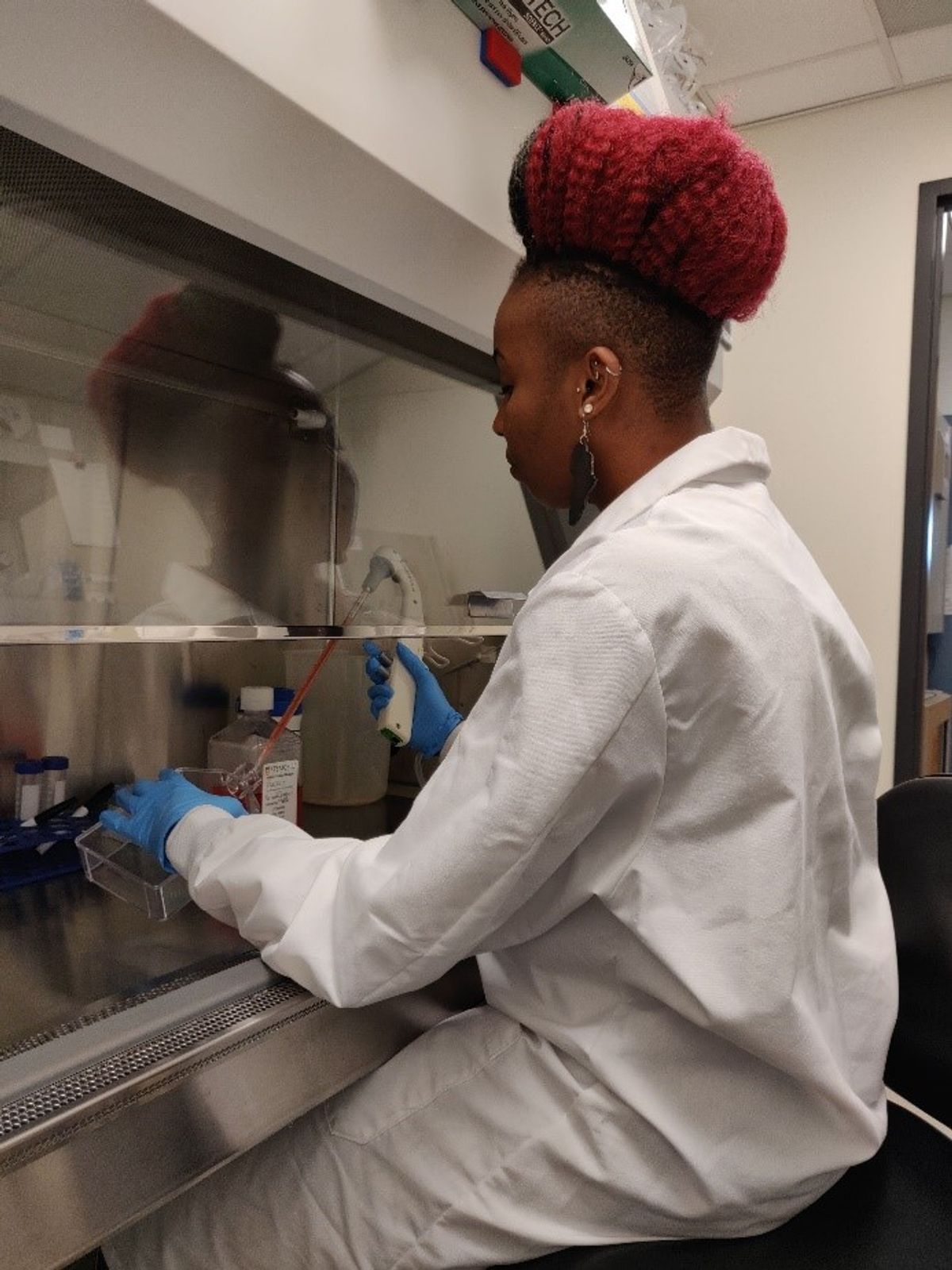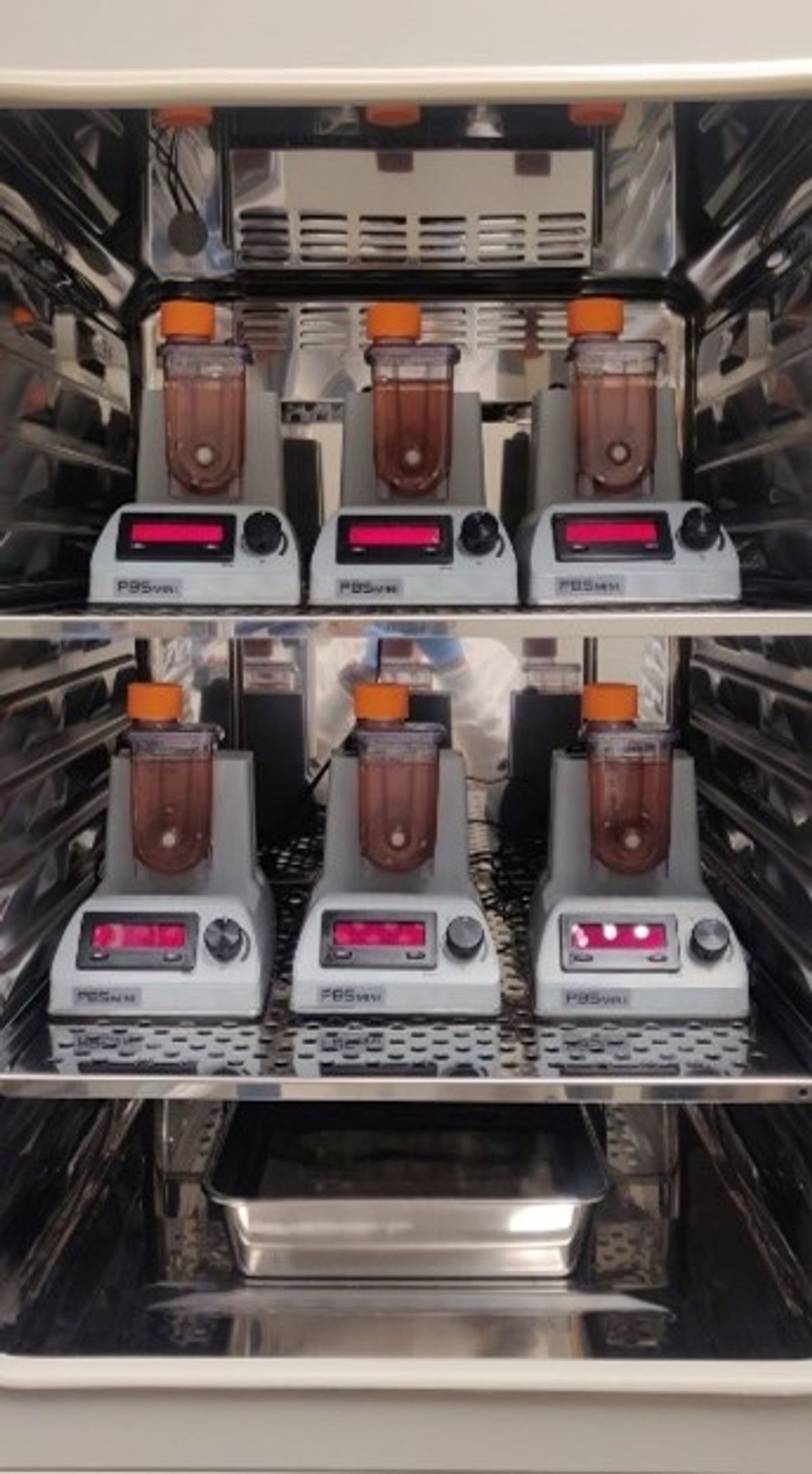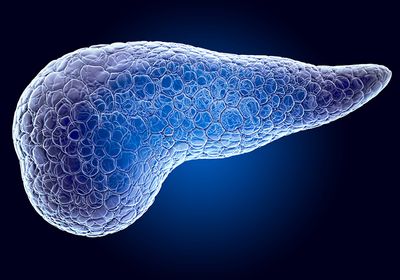ABOVE: Scientists are working towards pancreatic islet transplants for diabetes treatment. © iStock, AlexLMX
Insulin administration is the current mainstay of type 1 diabetes therapy, but it requires frequent injections and monitoring to provide patients with glycemic control.1 As cell therapies gain traction in the clinic for different disease states, researchers aim to optimize this approach for future diabetes treatments.2 Scientists are looking into islet transplantation as a promising alternative to insulin injections, primarily by creating islet-like cells from human pluripotent stem cell (hPSC) cultures.3

Differentiating stem cells into high-quality insulin-producing cells on a large scale for therapeutic manufacturing is a common bottleneck in translational research. In a study published in Stem Cell Research & Therapy, a team of diabetes researchers led by Timothy Kieffer at the University of British Columbia investigated ways to improve scalable manufacturing and demonstrated key parameters for monitoring quality during cell therapy production.4 Their work provides insights for the larger-scale production of hPSC-derived pancreatic cells and suggests ways to standardize the manufacturing process.
The researchers applied a quality-by-design approach, which interrogates the experimental process as part of drug development rather than only testing the properties of the final product. They used this approach to investigate and improve insulin-producing cell manufacturing. “In this instance, the process is the product as well, because what we are doing and how we are doing it could impact the quality of the cells that are being made,” explained Priye Iworima, a bioprocess engineer from Kieffer’s laboratory who spearheaded this work.
Iworima and her colleagues developed and optimized a seven-step cell manufacturing process that differentiates hPSC into insulin-producing islet-like clusters. At each differentiation step, they characterized bioprocess parameters such as cell proliferation, glucose consumption and lactate production rates, and cell fate biomarkers. The researchers enhanced cell yield by adjusting the cell culture process, and they revealed a gradual metabolic shift from glycolysis to oxidative phosphorylation that scientists can monitor as a quality control metric during scalable manufacturing.

“This paper is interesting in that it fills in a gap,” said stem cell biologist Joe Zhou from Weill Cornell Medicine, who investigates organoid-derived cell replacement therapies for diabetes and who was not involved in this study. “In terms of how you scale production or do quality control, how do you industrialize a cell therapy from the lab toward the clinic? We see very few publications like that in this field.”
Iworima believes that her findings will also help researchers evaluate whether intermediate cell products are useful for certain subsets of patients, which could shorten and simplify the manufacturing process. “Eventually, we will have different cell products that may be best suited to the individual, whether it is the more terminally differentiated islet-like cluster, or whether it is the pancreatic progenitor,” Iworima said.
Previous transplant studies with diabetic rodent models suggested that progenitor cells may be adequate for mature beta cell function postimplantation. The quality control parameters highlighted along the step-by-step process in this study could facilitate future translational applications for progenitor cells and fully differentiated cells alike.
If scientists can overcome in vitro manufacturing barriers such as scale and quality control limitations, cell culture methods for growing insulin-producing islet mimics may help diabetes cell replacement therapies reach patients. “The journey of a laboratory protocol from the bench to bedside—people always talk about that. But most of the papers are about the bench,” Zhou said. “It will be good to have this knowledge out there so people do not have to reinvent the wheel. It will be very helpful.”
- Sapra A. Diabetes. In: StatPearls - NCBI Bookshelf. Published June 21, 2023.
- Wang LL, et al. Cell therapies in the clinic. Bioeng Transl Med. 2021;6(2):e10214.
- Gamble A, et al. The journey of islet cell transplantation and future development. Islets. 2018;10(2):80-94.
- Iworima DG, et al. Metabolic switching, growth kinetics and cell yields in the scalable manufacture of stem cell-derived insulin-producing cells. Stem Cell Res Ther. 2024;15(1).




